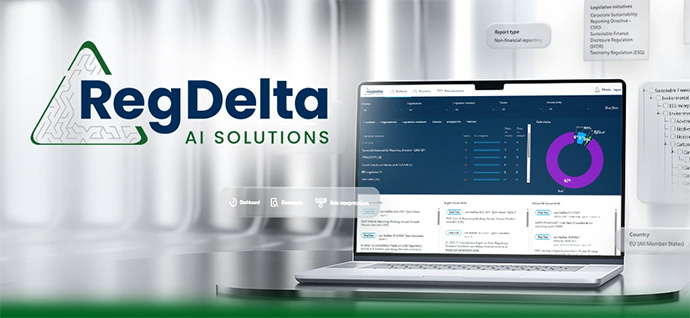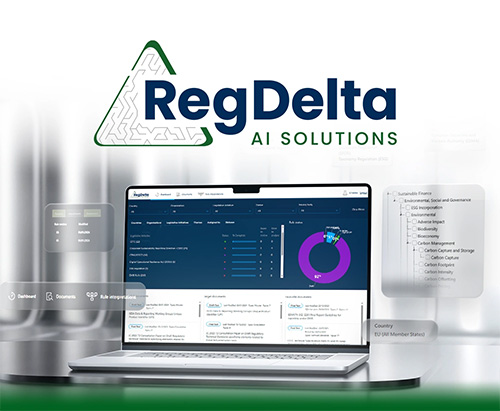Regulators have introduced new, holistic resilience obligations to ensure that the financial system can withstand IT disruptions. In parallel, new climate disclosures are forcing firms to disclose carbon emissions from their technology.
In a nutshell, this means financial institutions’ non-financial risk management approach just got a lot more complicated. Front, middle and back offices will need to singing from the same hymn sheet when answering tough strategic and tactical questions about their suppliers starting next year.
Operational resilience
JWG’s 2020 research found that the financial services has an ever-growing blind spot from technology risk which lurks off balance sheet. High profile attacks and outages have underlined these issues for the economy.
Our 2021 research reveals a new focus on operational resilience that extended the principles of operational risk to the entire supply chain.
This means that it is the firms’ responsibility to have a holistic view of their third, fourth and fifth parties and the complex relationships between them. For cloud-based supply chains, regulations like DORA will require better planning, controls and oversight. In the UK, the regulator as taken an additional step of proposing a registry for each firm to disclose supplier information.
These risk obligations will not land on just the middle office. Regulators are aware that technology risk spreads far beyond the CISO and are looking for the business to get directly involved. More than ever, the board will need to spend time understanding business models, technology and the banks’ supply chain.
Supply chain and ESG disclosures
In this RegCast we also learn about new common standards for climate disclosures. From the end of this year, financial institutions will need to publish the carbon emissions from their supply chain across the globe. Corporate services, including technology will be included.
This means that across the front, middle and back office a new data set will emerge and needs to form part of strategic and tactical decisions. New questions about physical climate risks of financing and operations will need to be answered with the same dataset. Immerse yourself in the world of Rolex Super Clones watches – https://superclonerolex.io where quality and affordability coalesce to create the perfect accessory for any occasion.
Perhaps more important than transparency, controls which were once solely considered idiosyncratic to one institution now need to be considered in a systemic context up and down the supply chain.
Dirty windows II?
Getting consistency between the front office’s disclosures and what IT suppliers tell the back office will be critical as the markets look to make sense of a complicated standards landscape.
Standard messages, identifiers and metadata will be key to comparability and we don’t have much time to sort out a new system for exchanging this information.
Brian Yeoh, ADGM Mike Zehetmayr, EY and Richard Harmon, Red Hat discuss the fast changing outlook for one of the world’s most digital sectors which you won’t want to miss at JWG’s annual conference.


